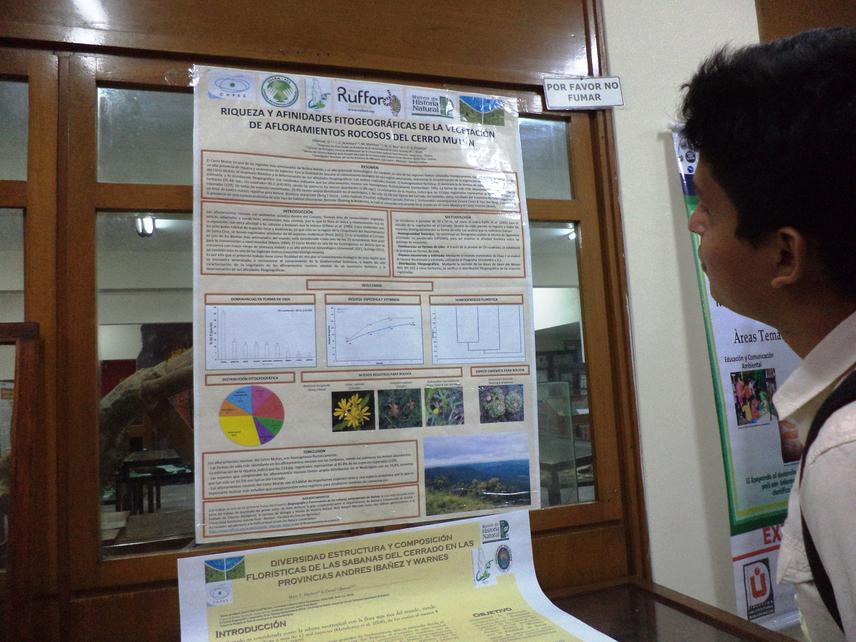Daniel Villarroel
The project aims rescue the knowledge of the biodiversity of the Cerro Mutún that will serve as technical basis for managing its conservation

Presentation of the vegetation of rocky outcrops of Cerro Mutún.
The Cerro Mutún is located in the Puerto Suarez municipality (Santa Cruz – Bolivia) and is considered one of the biggest iron reservoirs on the world.
This area has peculiar characteristics based on the geology and soil properties that concentrate high quantities of iron and magnesium, and giving for this region as unique and different from others in Bolivia and around the world. Due to the high global demand for iron, in 2008 the mining exploration began in the Cerro Mutún, and in 2009 the extraction was done, causing serious damage to biodiversity in some sectors.
For this reason, this project focus to rescue that biological knowledge before disappears, in order to establish guidelines that allow conservation.
The activities of the project will be in accordance and coordinated with the local authorities of the Puerto Suarez municipality. For data collection will be conducted four field campaigns. The first and second field campaign will take place between July and August (dry season) and the third and fourth between January and March (rainy season). The methodology for the inventory of biodiversity will be:
1) Fauna will be observed direct and indirect process, catching specimens by using traps according established protocol for birds, mammals, fish, amphibians and reptiles and will be adapted for the study area;
2) Flora will be measured by botanical collections of all species found during the experiment in fertile status after collected in each found plant community;
3) Vegetation will be characterized by structure and composition using the quantitative methods applying in established parcels, quadrants and intersections lines (this can be modified/adapted depending of vegetation type.
The results we hope to achieve with this project are:
1) biodiversity inventory of Cerro Mutún Cerro;
2) species identification of endemic of this area;
3) determine the status of the conservation of the species using the IUCN criteria;
4) identify priority areas for conservation.
We will present a proposal in goal to create a legal areas of conservation at the Cerro Mutún. The documentation will be delivered to the local and national authorities, explaining that these conservation areas will protect and save this natural biodiversity patrimony.